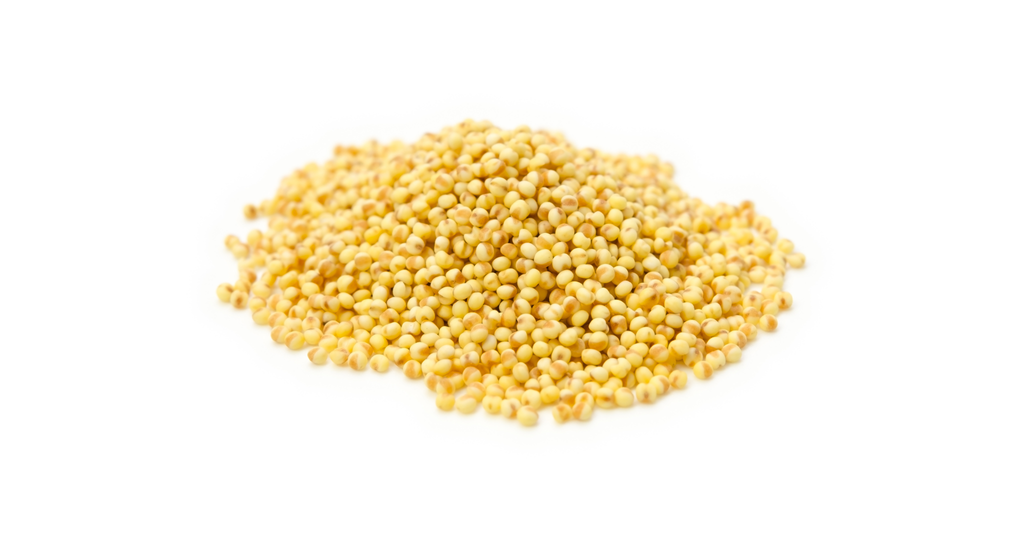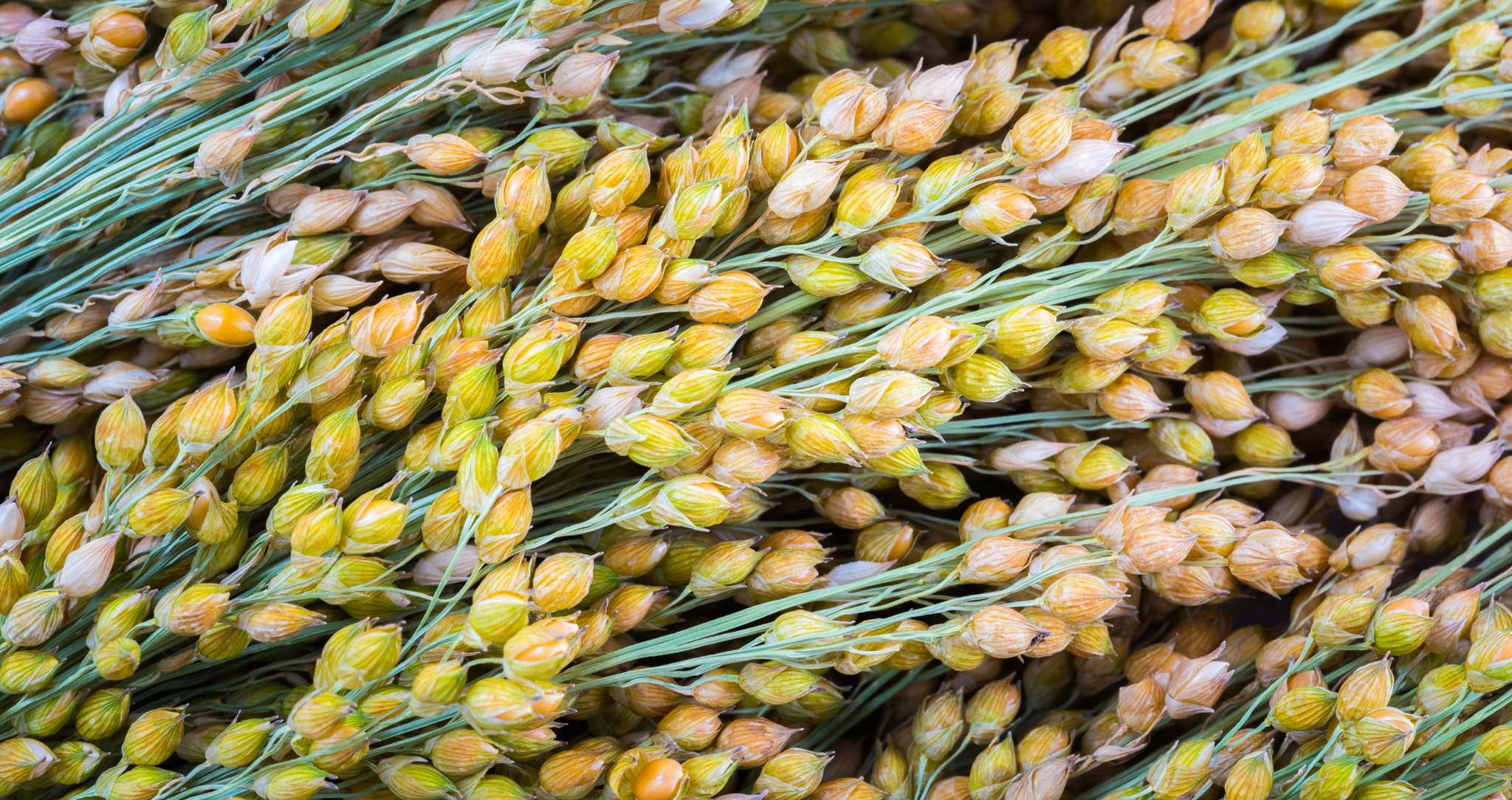
European millet ( Panicum miliaceum L.) has been grown in East and Central Asia for over 5000 years. It then spread to Europe and was found in agricultural settlements dating back about 3000 years. It was introduced to North America in the 16th century. Its popularity declined in Europe and the United States after potatoes and corn were widely grown. It is still grown for human consumption mainly in East and Central Asia, and to a lesser extent in Eastern Europe (Russia, Danube region) and from West Asia to Pakistan and India.

European millet is sometimes grown in other parts of Europe and Asia, and in North America, primarily as a food source for ornamental birds, poultry, and livestock feed. In Africa, it is grown in Ethiopia, eastern Kenya, Malawi, Botswana, Zimbabwe and Madagascar. It is widely introduced and sometimes invades native plants, e.g. in the United States and Russia (Kaume, 2006).
European millet is primarily a temperate crop but it is very adaptable and can be grown in climates that are too hot and dry, and on soils too shallow and poor to successfully grow other cereals. It is grown further north than any other millet, limited by a June isotherm of 17°C and a July isotherm of 20°C. It is grown as a cereal crop at altitudes of 3000 m in the Himalayas, susceptible to frost. European millet has the lowest water requirement of all cereals. An average annual rainfall of 200-450 mm is enough, of which 35-40% will fall during the growing period. Most soil types are suitable for European millet, except coarse sand (Kaume, 2006).

